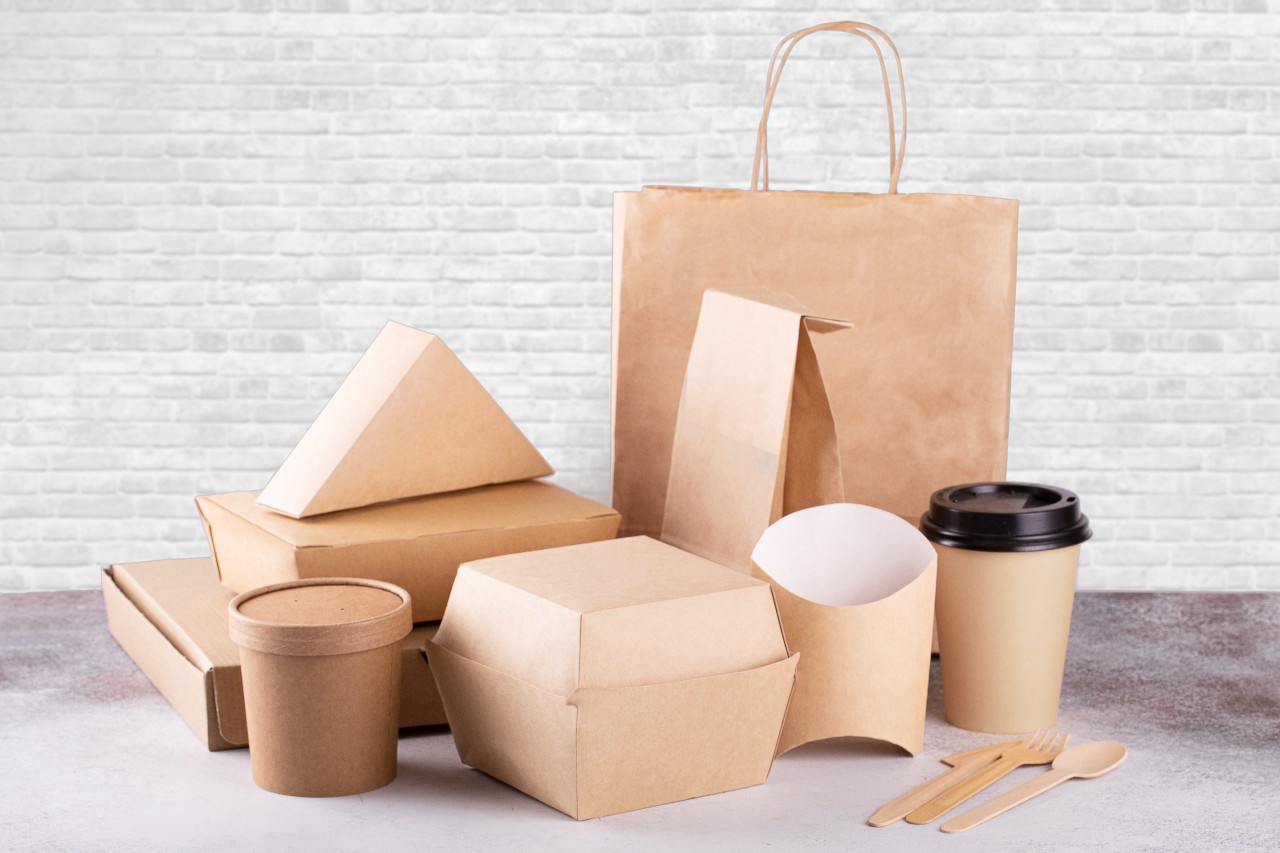
$50bn SDG-targeted investment proposals at SDG Investment Fair
Over 100 SDG-aligned projects with a total investment scope of $ 50 billion have been presented during the ...

TU/e chemist Sterre Bakker researched how cardboard can be used to make food packaging more sustainable through innovative solutions aiming at transforming a water-soluble surface into a water-resistant one.
To help speed up the transition of plastic to paper in food packaging, Bakker researched what coatings can be used to make cardboard a more suitable food packaging material.
She studied an innovative, water-based coating, with the special addition of a water-soluble, synthetic resin to stabilize polymer particles. This resin makes it possible to transform a water-soluble surface into a water-resistant one. “When the coating dries up, it’s not only the water that evaporates but also a base. The resin undergoes a chemical reaction and this means the coating no longer dissolves in water.”
About twenty percent of people’s waste consists of packaging, but packaging food is not all bad. Good packaging protects the item during transport, which means less food needs to be thrown out. Packaging also keeps out moisture, bacteria and fungi. This gives our food a longer shelf life, also resulting in less food going to waste.
Keeping a bag of mixed vegetables or a pack of beef in the fridge for a week without it going off? Impossible without the packaging. More and more alternatives are being used to reduce plastic packaging waste. Over the past few years, paper and cardboard have become more common packaging materials.
But transitioning from plastic to paper is not as easy as it seems, Bakker explains. “Plastic has a number of highly practical characteristics. You can use it for airtight packaging and it is an excellent barrier for water and grease. It’s strong but also light, which works well for the transport sector. It requires a lot of effort to find a suitable alternative that meets the same requirements and can be used at a large scale.”
“A suitable coating is crucial. Water and grease have very different ways of getting through a coating. For a good water barrier, the chemical reaction that occurs while the coating is drying up is very important, but for grease you need a coating that’s intact.”
“This explains why the inner lining of a milk carton is so thick: it consists of several layers of hydrophilic and hydrophobic coatings. In addition to the relatively large amount of plastic used, the mixture of coatings makes it hard to recycle. This is what we would like to improve.” Bakker set out in search of a single coating impermeant to water, oxygen and grease.
Bakker used a scanning electron microscope and infrared spectroscopy to carry out in-depth research into the different barrier characteristics of the coating, as well as to optimize the production process. This is all very relevant to industry, she emphasizes, as synthesizing the coating is easy to scale and not overly complex.
What’s more, at a certain temperature the color of the coating can be changed by adding a specific molecule. This quasi-alternative expiration date makes the coating multifunctional. Bakker shows her final result: a shiny piece of thick carton that actually resists both water and grease.
“This coating already has a lot of advantages in comparison to current coatings. Although it does require raw fossil materials, the layer can be made much thinner now. We’ve also demonstrated through several experiments that the coating can be peeled off the cardboard more easily, which means it’s very suitable for recycling. We’ve taken the first steps, obviously in the hope of eventually creating a biobased coating that eliminates all plastic from food packaging.”
Over 100 SDG-aligned projects with a total investment scope of $ 50 billion have been presented during the ...
Global electric car sales are set to hit around 17 million by the end of ...
Ericsson Canada marked the Earth Day by joining the Environment and Climate Change Canada’s (ECCC) Net-Zero ...


اترك تعليقا